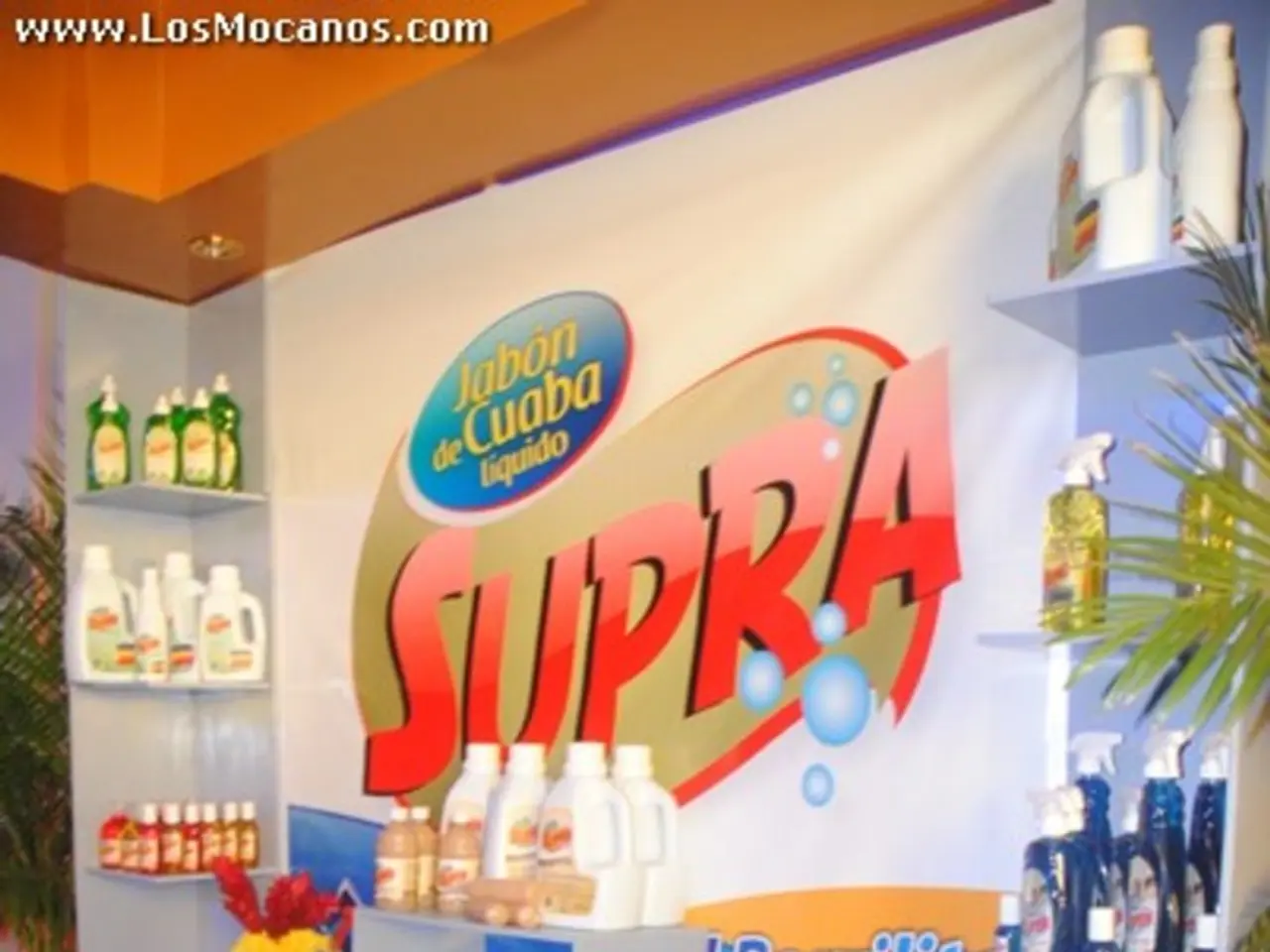Luxury beauty product industry projected to surpass USD 87.4 billion by 2033
In the ever-evolving world of beauty, luxury cosmetics brands are constantly innovating to meet the demands of discerning consumers. As consumer preferences shift towards personalized, clean, and ethical products, these brands are adapting to stay ahead in the game.
The clean beauty movement is surging, with consumers seeking products free from synthetic chemicals, parabens, sulfates, and toxins. This trend is particularly strong among younger generations, with 70% of U.S. consumers aged 18-29 preferring natural and organic cosmetics.
Emerging markets, particularly in Asia-Pacific and Latin America, present significant growth opportunities for luxury cosmetics brands. The increasing demand from middle-class populations in these regions is driving the market forward.
The luxury cosmetics sector, however, faces a complex and ever-changing regulatory environment. As governments tighten cosmetics standards, brands must navigate this landscape carefully to ensure the safety and efficacy of their products.
Despite these challenges, the luxury cosmetics market is projected to reach USD 87.4 billion by 2033. Europe, in particular, was the dominant region in 2023, with leading players such as Louis Vuitton, L’Oréal Group, and Estée Lauder Companies shaping the market.
L'Oréal led the global beauty market in 2022, surpassing USD 40 billion in revenue. In the luxury segment, Organic Luxury Cosmetics led the type segment in 2023. Skincare, representing 42% of the overall beauty market, dominated the product type segment.
Tech-infused beauty products are transforming the way consumers interact with luxury cosmetics. Augmented reality (AR) and artificial intelligence (AI) are making shopping experiences more personalized and engaging. E-commerce was the leading distribution channel in 2023.
Sustainability and eco-friendly practices are increasingly prioritized by consumers. The production of plastic packaging for cosmetics reaches 120 billion units annually, making it a significant environmental concern. Brands are responding by reducing packaging waste and using more sustainable materials.
Inclusivity and diversity are becoming important factors in luxury cosmetics. Brands are expanding their offerings to cater to a more diverse range of skin tones and types. The growing demand from male consumers, particularly in skincare and grooming categories, is another trend worth noting.
Counterfeit products are a significant issue in the luxury cosmetics industry, posing safety risks and damaging brand reputation. Consumers are exposed to over 100 million animals in U.S. labs every year, another issue that brands are working to address.
The global wellness trend is influencing luxury cosmetics, with consumers seeking products that enhance overall health and well-being. Premium skincare solutions for anti-aging are a major use case for luxury cosmetics. Beauty devices and at-home professional treatments are growing in popularity, offering consumers a more personalized and effective skincare routine.
Fragrances are a key component of the luxury cosmetics market, with consumers using them as a luxury lifestyle accessory. Innovations in anti-pollution and skin protection products are becoming a key selling point in the skincare sector. Luxury makeup for professional and personal use is a growing segment, catering to consumers who value high-quality, long-lasting products.
Strategic collaborations with influencers and celebrities are helping luxury cosmetics brands tap into younger, digitally-savvy consumer segments. Women represented the largest end-user segment in 2023. However, a majority of consumers spend between $1 and $100 monthly on skincare and makeup, indicating a broad appeal across various income levels.
Personal care products dominate the market, comprising 44.4% of the total cosmetics industry. Personalization and customization are becoming key selling points in the luxury cosmetics industry. A large portion of shoppers are willing to pay a premium for a personalized shopping experience.
Nearly half of consumers expect brands to take the lead in driving sustainability initiatives. As such, brands are focusing on reducing their carbon footprint, using sustainable ingredients, and minimizing waste. A staggering 92% of consumers would remain loyal to brands that actively support social or environmental causes.
In conclusion, the luxury cosmetics market is a dynamic and evolving industry. Brands must stay agile and innovative to meet the changing needs and preferences of consumers. Sustainability, personalization, and inclusivity are key trends shaping the future of luxury cosmetics.
Read also:
- Understanding Hemorrhagic Gastroenteritis: Key Facts
- Stopping Osteoporosis Treatment: Timeline Considerations
- Trump's Policies: Tariffs, AI, Surveillance, and Possible Martial Law
- Expanded Community Health Involvement by CK Birla Hospitals, Jaipur, Maintained Through Consistent Outreach Programs Across Rajasthan







